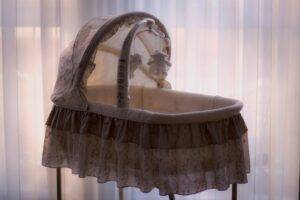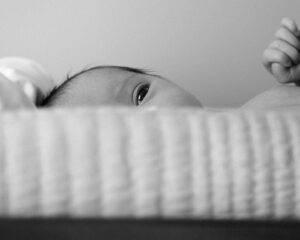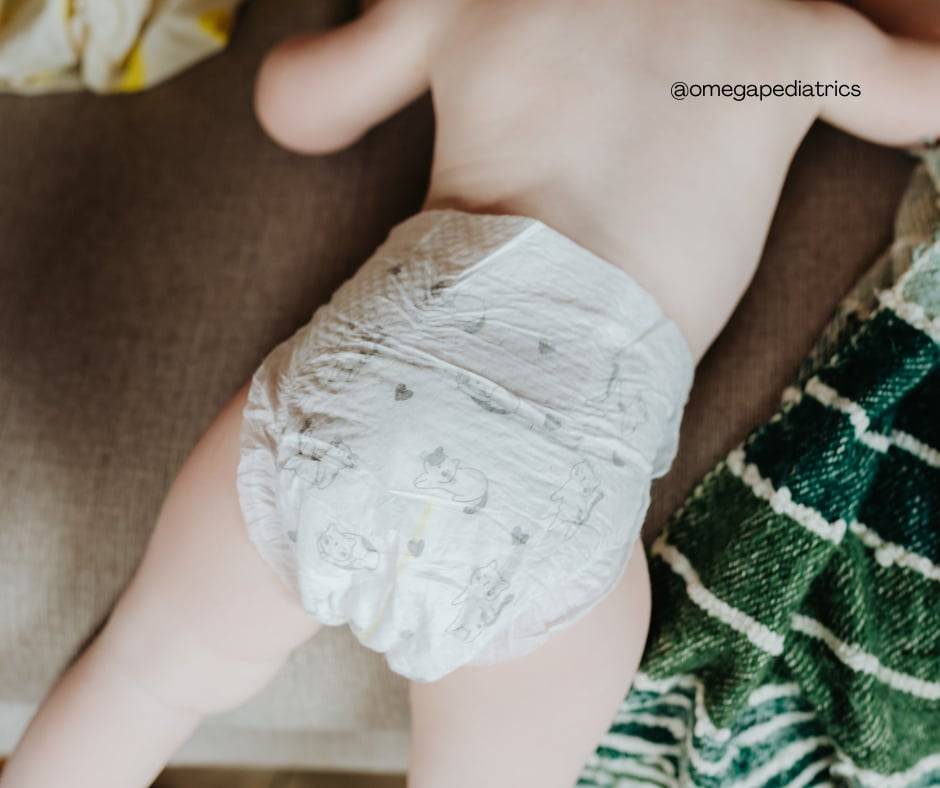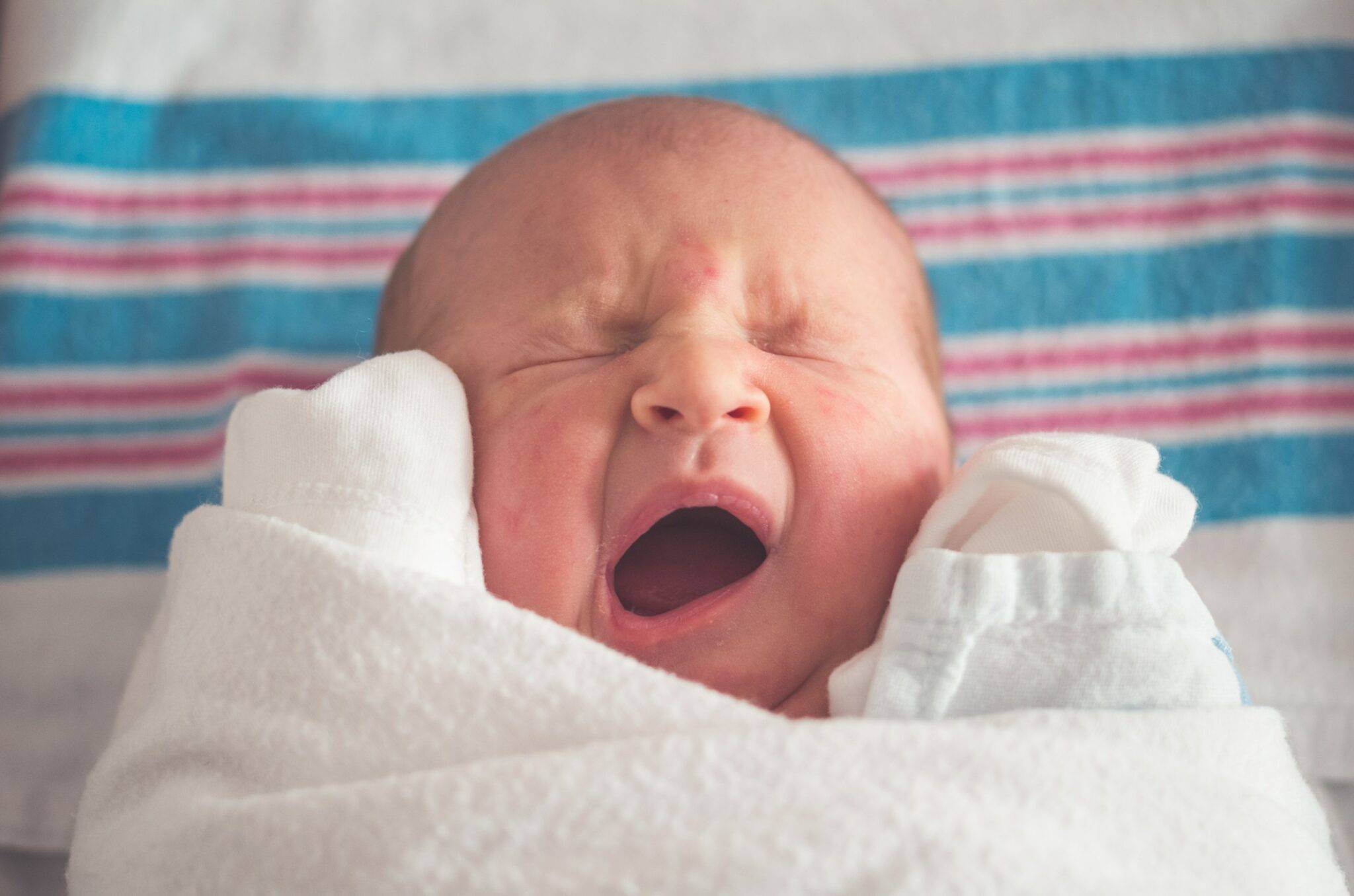Bringing a newborn home is an exhilarating yet daunting experience for new parents. One of the primary challenges faced is establishing a consistent sleep routine for the baby. Creating the right sleep environment is crucial for the baby’s well-being and ensuring the parents get much-needed rest.
Enter the bassinet—a small bed specifically designed for infants, which is a game-changer in transforming your baby’s sleep routine. This comprehensive guide will explore its numerous benefits, how it significantly improves your baby’s sleep, and tips for choosing the perfect one.
Benefits of Using a Bassinet
1. Safety First
Safety is the utmost priority for any parent for their newborn. these baby furniture are crafted with safety features tailored to meet infants’ needs. They typically have sturdy sides to prevent your baby from rolling out, and compact size so your baby remains secure and comfortable.
Unlike cribs, these newborn beds have a limited depth, making it easier for parents to watch closely their babies while asleep. Furthermore, most types and models adhere to the latest safety standards, offering peace of mind to new parents.
2. Convenience and Accessibility
Their convenience and accessibility are major advantages. Due to their lightweight and compact design, they can be moved around the house. This portability allows you to keep your baby close, whether in the living room during the day or in your bedroom at night.
Having your baby nearby simplifies nighttime feedings and diaper changes. Many types and models also come with additional features such as storage compartments for essentials like diapers, wipes, and baby clothes, further adding to their convenience.
3. Promotes Better Sleep for Babies
Newborns feel secure in a smaller, cozier space, mimicking the womb environment. These small beds provide an enclosed sleeping area, helping your baby feel more comfortable. This sense of security leads to longer and more restful sleep periods.
Some types and models have soothing features like gentle rocking or vibrations, helping lull your baby to sleep.
4. Encourages Bonding
Your baby sleeps in their dedicated bed next to yours fosters bonding. It allows you to respond quickly to your baby’s needs, building trust and security. This proximity also helps establish a breastfeeding routine, as you easily reach your baby for nighttime feedings without getting out of bed.
5. Space-Saving Solution
These newborn beds are ideal for families with limited space. Their compact size means they fit comfortably in smaller bedrooms or apartments where a full-sized crib is impractical. This space-saving feature keeps your baby close without sacrificing much-needed living space.
6. Ease of Use
Setting up is typically straightforward, and most bassinets have easy-to-follow instructions. This ease of use means quick assembly for your baby’s arrival. Also, many types and models have adjustable features to customize the height and angle, ensuring your baby’s comfort and safety.
How a Bassinet Can Improve Your Baby’s Sleep
1. Creating a Consistent Sleep Environment
Consistency is key to establishing a good sleep routine for your baby. A bassinet helps create a consistent sleep environment. Using such for all sleep times, including naps and nighttime sleep, your baby will begin to associate the bassinet with sleep. This consistency can make it easier for your baby to settle down and fall asleep.
2. Reducing Sleep Disruptions
Babies are sensitive to their surroundings, and a bassinet provides a designated sleep space free from distractions. This helps reduce sleep disruptions caused by external factors such as noise and light. Many bassinets have canopies or covers that block out, creating a darker and more conducive sleep environment.
3. Encouraging a Sleep Routine
Routine is essential for babies. A bassinet can be a crucial part of your baby’s sleep routine. By placing your baby in the bassinet at the same time each night, you can help establish a regular sleep schedule. Over time, your baby will learn to associate the bassinet with bedtime, making it easier for them to fall asleep and stay asleep.
4. SIDS Prevention
Sudden Infant Death Syndrome (SIDS) is a concern for many new parents. The American Academy of Pediatrics (AAP) recommends that babies sleep in the same room as their parents but on a separate sleep surface like a bassinet.
This setup significantly reduces the risk of SIDS. Bassinets provide a safe sleep environment close to the parents but separate from the adult bed.
5. Facilitating Day and Night Sleep Patterns
Newborns have yet to establish a day and night sleep pattern. Using a bassinet helps differentiate between day and night sleep, as you place it in a different room or adjust the lighting to signify the time of day.
Your baby learns the difference between daytime naps and nighttime sleep, gradually aligning their internal clock with the natural day-night cycle.
6. Improved Monitoring
The compact size and portability allow for better monitoring of your baby’s sleep patterns and behaviors. Keep the bassinet close so you can quickly notice changes in your baby’s breathing or movements, ensuring prompt responses to their needs and enhancing their overall sleep quality.
Tips for Choosing the Perfect Bassinet
- Safety Standards: When choosing a bassinet, ensure it meets the latest safety standards. Look for a bassinet that has been certified by a recognized safety organization. Check for sturdy construction, breathable mesh sides, and a firm mattress.
- Portability: Consider a lightweight bassinet that’s easy to move around. This allows you to keep your baby close by, no matter where you are in the house. Some bassinets have wheels, making easy movement from room to room.
- Additional Features: Modern bassinets have features such as rocking, vibrations, and music. These features help soothe your baby to sleep. However, ensure any electronic features can be turned off easily, as continuous movement or noise might not be necessary as your baby grows.
- Size and Space: Consider the size of the bassinet and space in your home. Ensure that the bassinet fits in your bedroom, especially if you plan to keep it beside your bed. A large one can be cumbersome, while a small one might not last long as your baby grows.
- Ease of Cleaning: Babies can be messy, so choose a bassinet that’s easy to clean. Look for one with removable and washable fabrics. This makes it easier to keep the sleep environment clean and hygienic.
- Budget: Choose a bassinet that meets all your needs, but it’s equally important to consider your budget. Bassinets come in a wide range of prices, so it’s possible to find one that offers your needed features without breaking the bank. Look for a bassinet that provides good value for money, balancing cost with essential features and safety.
- Longevity: Consider how long you plan to use the bassinet. Some bassinets are designed for newborns up to a certain weight limit, while others can be converted into larger sleep spaces as your baby grows. Investing in a bassinet that adapts to your baby’s changing needs is cost-effective in the long run.
How to Transition from Bassinet to Crib
As your baby grows, there will come a time when they outgrow the bassinet and need to transition to a crib. Here are some tips to make this transition as smooth as possible:
- Gradual Transition: Start by having your baby nap in the crib during the day while continuing to use the bassinet at night. This gradual approach helps your baby get used to the new sleep environment without feeling overwhelmed.
- Maintain the Routine: Keep the same sleep routine that you used with the bassinet. This includes the same bedtime, sleep cues, and soothing techniques. Familiarity helps your baby adjust to the crib more easily.
- Use a Crib Mobile or Sound Machine: Adding a crib mobile or sound machine provides soothing sounds and visuals that help your baby feel more comfortable in the new environment. These serve as sleep cues, signaling your baby that it’s time to sleep.
- Be Patient: Every baby is different, some may take longer to adjust to the crib than others. Be patient and give your baby the time they need to get comfortable with the new sleep space. Consistency and reassurance will go a long way in helping your baby adapt.
- Positive Reinforcement: Encourage your baby by making the crib a positive space. Do this by playing with your baby in the crib during the day or using it for short periods of quiet playtime. This helps your baby associate the crib with positive experiences, making the transition smoother.
- Comfort Items: Introduce comfort items like a favorite blanket or a soft toy in the crib (if they meet safety guidelines). These familiar items provide security and comfort, helping your baby feel more at ease in the new sleeping environment.
Choosing the Right Mattress and Bedding
- Firmness: A firm mattress is crucial for a safe sleep environment. Soft mattresses can pose a suffocation risk for infants. Ensure that the mattress in your bassinet is firm and fits snugly without any gaps around the edges.
- Breathable Materials: Choose bedding made from breathable materials like cotton to ensure proper air circulation. Breathable materials help regulate your baby’s body temperature and reduce the risk of overheating.
- Fitted Sheets: Use fitted sheets that fit the bassinet mattress securely. Loose bedding can be a hazard, as it can cover your baby’s face and interfere with their breathing. Always ensure sheets are tightly fitted and cannot be easily pulled loose.
- Minimalist Approach: Avoid using pillows, blankets, or stuffed animals in the bassinet. These items can increase the risk of suffocation and SIDS. Instead, dress your baby in a sleep sack or wearable blanket to keep them warm without loose bedding.
Common Concerns About Using a Bassinet
- Outgrowing the Bassinet: While it’s true that bassinets are designed for the early months of life, many models come with weight and age guidelines that ensure safe use for a specific period. Always check the manufacturer’s recommendations and be prepared to transition to a crib when your baby reaches the weight or age limit.
- Flat Head Syndrome: Some parents worry about their baby developing flat head syndrome (plagiocephaly) from spending too much time in the bassinet. To prevent this, ensure your baby spends supervised tummy time while awake. This helps with head shape and promotes muscle development and motor skills.
- Dependence on Movement Features: If your bassinet has features like rocking or vibrations, you might be concerned about your baby becoming dependent on these to fall asleep. Use these features sparingly and gradually reduce their use as your baby grows. Encourage self-soothing techniques to help your baby learn to fall asleep independently.
- Transition Anxiety: Transitioning from a bassinet to a crib can be daunting for parents and babies. Preparing for this transition early and following the tips mentioned help alleviate anxiety. Consistency and patience are key to a smooth transition.
Transform Your Baby’s Sleep With a Bassinet
A bassinet can transform your baby’s sleep routine by providing a safe, convenient, and comfortable environment. Its portability, safety features, and ability to create a consistent sleep routine make it an invaluable tool for new parents.
Choose the right bassinet and use it effectively, helping your baby develop healthy sleep habits that benefit them and you in the long run. For more information on how to ensure your baby’s health and well-being, check out these blog posts from Omegapediatrics.com:
- Keeping Your Newborn Safe While Sleeping: A Guide for New Moms
- Helpful Tips to Put Your Newborn Baby to Sleep So You Can Get Some Rest Too
Establishing a solid sleep routine with the help of a bassinet leads to better sleep for your baby and more restful nights for you. So, invest in a good bassinet, follow the tips outlined in this blog post, and watch as your baby’s sleep improves significantly.






